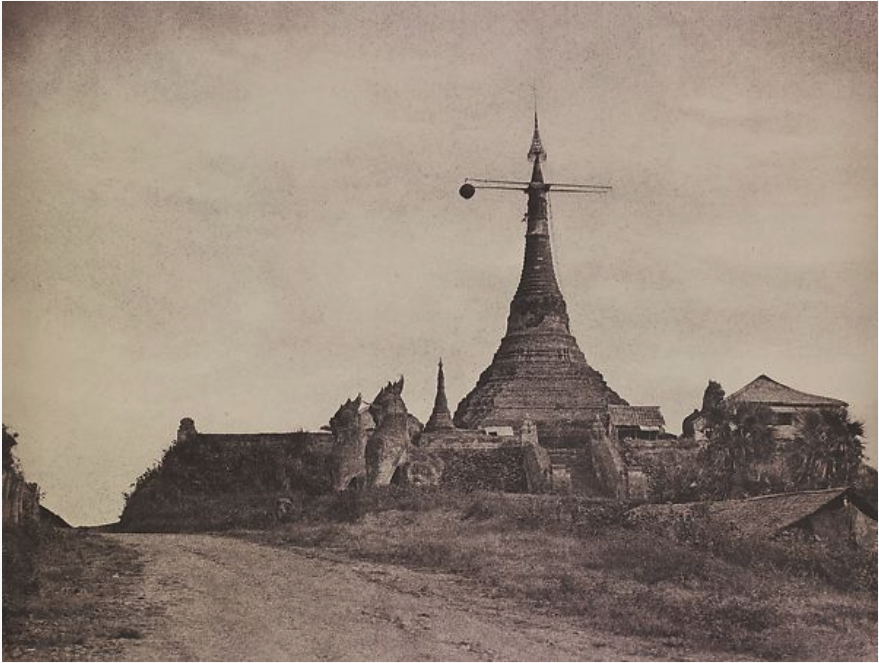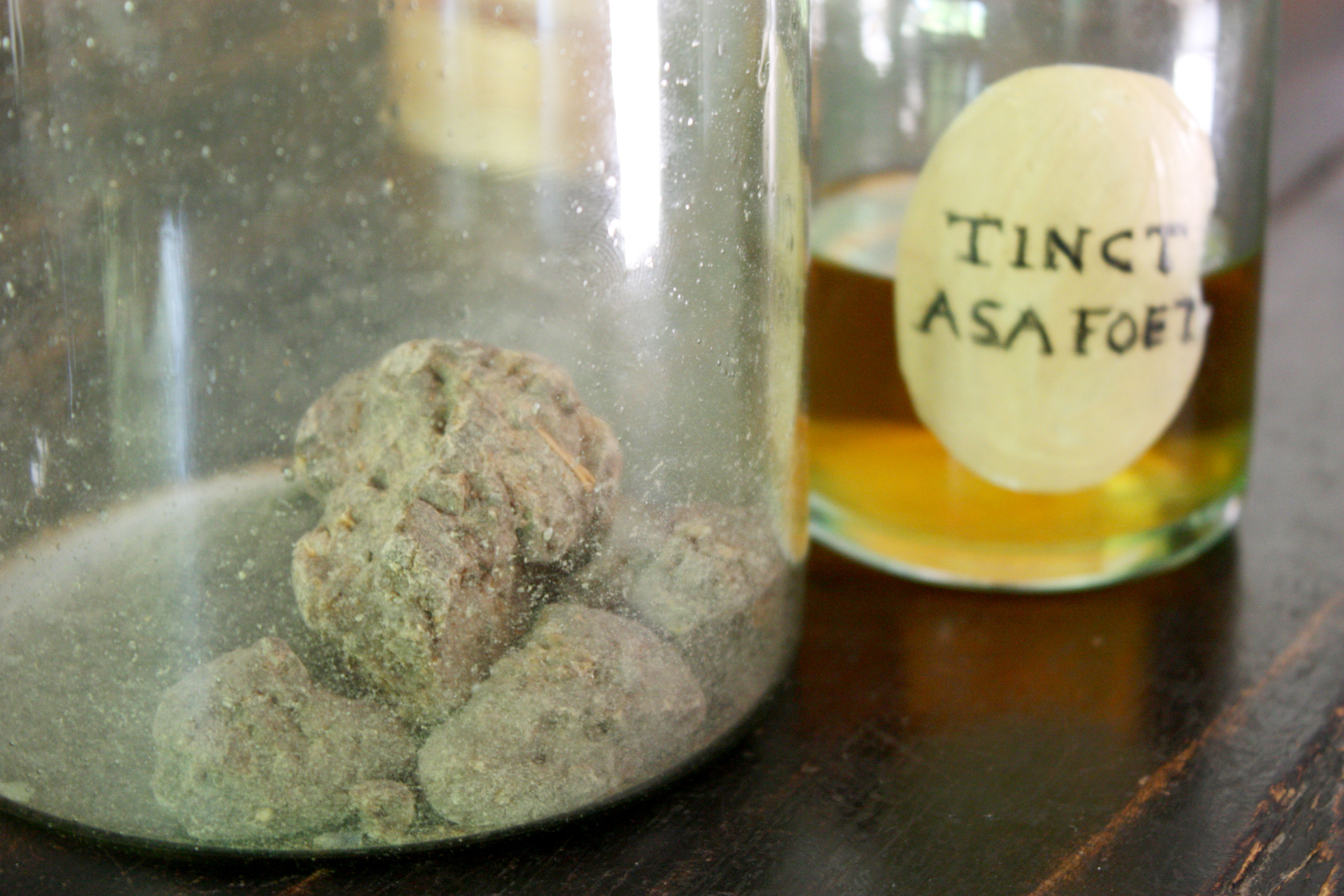|
Mohnyin Township
Mohnyin Township"Myanmar States/Divisions & Townships Overview Map" Myanmar Information Management Unit (MIMU) ( my, မိုးညှင်းမြို့နယ်; also Kamaing Township) is a Townships of Burma, township of Mohnyin District in the Kachin State of Burma, Burma (Myanmar). The principal town and administrative centre is Mohnyin. Jade and gem quality kyanite are produced in Mohnyin Township, as well as amber, gold, asafoetida, and jasper. Indawgyi Lake Wildlife Sanctuary is located in the central north of the township. Hopin Sub-township is part of Mohnyin Township. Hopin Sub-township is constituted with one town, four wards, 8 village tracts and 27 villages in 2012. There are 8,315 households with a population of 49,160. The area of Hopin Sub-tow ... [...More Info...] [...Related Items...] OR: [Wikipedia] [Google] [Baidu] |
Townships Of Burma
Townships ( my, မြို့နယ်, Mrui.nay; ) are the third-level administrative divisions of Myanmar. They are the sub-divisions of the Districts of Myanmar. According to the Myanmar Information Management Unit (MIMU), as of December 2015, there are 330 townships in Myanmar."Myanmar States/Divisions & Townships Overview Map" Myanmar Information Management Unit (MIMU) Townships are the basic administrative unit of local governance and are the only type of administrative division that covers the entirety of Myanmar. A Township is administered by a Township Administrator, a civil servant appointed through the [...More Info...] [...Related Items...] OR: [Wikipedia] [Google] [Baidu] |
Burma
Myanmar, ; UK pronunciations: US pronunciations incl. . Note: Wikipedia's IPA conventions require indicating /r/ even in British English although only some British English speakers pronounce r at the end of syllables. As John C. Wells, John Wells explains, the English spellings of both Myanmar and Burma assume a non-rhotic variety of English, in which the letter r before a consonant or finally serves merely to indicate a long vowel: [ˈmjænmɑː, ˈbɜːmə]. So the pronunciation of the last syllable of Myanmar as [mɑːr] or of Burma as [bɜːrmə] by some speakers in the UK and most speakers in North America is in fact a spelling pronunciation based on a misunderstanding of non-rhotic spelling conventions. The final ''r'' in ''Myanmar'' was not intended for pronunciation and is there to ensure that the final a is pronounced with the broad a, broad ''ah'' () in "father". If the Burmese name my, မြန်မာ, label=none were spelled "Myanma" in English, this would b ... [...More Info...] [...Related Items...] OR: [Wikipedia] [Google] [Baidu] |
Administrative Divisions Of Burma
Myanmar is divided into twenty-one administrative subdivisions, which include 7 regions, 7 states, 1 union territory, 1 self-administered division, and 5 self-administered zones. Following is the table of government subdivisions and its organizational structure based on different regions, states, the union territory, the self-administered division, and the self-administered zones: The regions were called divisions prior to August 2010, and four of them are named after their capital city, the exceptions being Sagaing Region, Ayeyarwady Region and Tanintharyi Region. The regions can be described as ethnically predominantly Burman (Bamar), while the states, the zones and Wa Division are dominated by ethnic minorities. Yangon Region has the largest population and is the most densely populated. The smallest population is Kayah State. In terms of land area, Shan State is the largest and Naypyidaw Union Territory is the smallest. Regions and states are divided into distri ... [...More Info...] [...Related Items...] OR: [Wikipedia] [Google] [Baidu] |
Kachin State
Kachin State ( my, ကချင်ပြည်နယ်; Kachin: ), also known by the endonym Kachinland, is the northernmost state of Myanmar. It is bordered by China to the north and east ( Tibet and Yunnan, specifically and respectively); Shan State to the south; and Sagaing Region and India ( Arunachal Pradesh) to the west. It lies between north latitude 23° 27' and 28° 25' longitude 96° 0' and 98° 44'. The area of Kachin State is . The capital of the state is Myitkyina. Other important towns include Bhamo, Mohnyin and Putao. Kachin State has Myanmar's highest mountain, Hkakabo Razi (), forming the southern tip of the Himalayas, and a large inland lake, Indawgyi Lake. History Traditional Kachin society was based on shifting hill agriculture. According to "The Political Systems of Highland Burma: A Study of Kachin Social Structure", written by E. R. Leach, Kachin was not a linguistic category. Political authority was based on chieftains who depended on support ... [...More Info...] [...Related Items...] OR: [Wikipedia] [Google] [Baidu] |
Districts Of Burma
Districts ( my, ခရိုင်, Kharuing; ) are the second-level administrative divisions of Myanmar. They are the sub-divisions of the States and Regions of Myanmar. According to the Myanmar Information Management Unit (MIMU), as of December 2015, there are 76 districts in Myanmar, which in turn are subdivided into townships, then towns, wards and villages. The District's role is more supervisory as the Townships are the basic administrative unit of local governance. A District is led by a District Administrator, a civil servant appointed through the General Administration Department (GAD) of the Ministry of Home Affairs (MOHA). The Minister of Home Affairs is to be appointed by the military according to the 2008 constitution. Here is a list of districts of Myanmar by state/region: List of districts by state or region See also * Administrative divisions of Myanmar * List of cities in Myanmar References External links * * "Burma Second Order Administrative ... [...More Info...] [...Related Items...] OR: [Wikipedia] [Google] [Baidu] |
Mohnyin District
* Hpakant Township (Kamaing Township)
Districts of Myanmar
Kachin State
{{Kachin-geo-stub ...
Mohnyin District ( my, မိုးညှင်းခရိုင်) is a district of the Kachin State in northern Burma (Myanmar). The administrative center is Mohnyin. Townships The district contains the following three townships: * Mongyaung Township *Mohnyin Township Mohnyin Township"Myanmar States/Division ... [...More Info...] [...Related Items...] OR: [Wikipedia] [Google] [Baidu] |
Mohnyin
Mohnyin ( my, မိုးညှင်း, ; Shan:မိူင်းယၢင်း) is a town in Kachin State, Myanmar. It is the administrative center for both Mohnyin Township and Mohnyin District and it has a population of 33,290. History The town of Mohnyin was the capital of Mongyang State, also known as Möngyang (Mohnyin), one of the outlying Shan States The Shan States (1885–1948) were a collection of minor Shan kingdoms called '' muang'' whose rulers bore the title '' saopha'' in British Burma. They were analogous to the princely states of British India. The term "Shan States" was fi ... that was extinguished in 1604. Shells of different sizes were found in mass on 19 September. Those were found in apple-pie order while rooting up a tree between Mohnyin District Court and the Township General Administration Department. From 19 to 24 October, 3,916 shells of 11 kinds have been dig out from about three feet deep in the ground. References External link ... [...More Info...] [...Related Items...] OR: [Wikipedia] [Google] [Baidu] |
Myanmar Standard Time
Myanmar Standard Time (MMT; my, မြန်မာ စံတော်ချိန်, ), formerly Burma Standard Time (BST), is the standard time in Myanmar, 6:30 hours ahead of UTC ( UTC+06:30). MMT is calculated on the basis of 97°30′E longitude.MFF 2002: 1 MMT is used all year round, as Myanmar does not observe daylight saving time.USNAO 2013: 262 History Pre-colonial period Myanmar did not have a standard time before the British colonial period. Each region kept its own local mean time, according to the Burmese calendar rules: sunrise, noon, sunset and midnight.(Clancy 1906: 57): The Burmese calendar recognizes two types of day: astronomical and civil. The mean Burmese astronomical day is from midnight to midnight, and represents 1/30th of a synodic month or 23 hours, 37 minutes and 28.08 seconds. The civil day comprises two halves, the first half beginning at sunrise and the second half at sunset. The day was divided into eight 3-hour segments called ''baho'' (ဗ� ... [...More Info...] [...Related Items...] OR: [Wikipedia] [Google] [Baidu] |
Jade
Jade is a mineral used as jewellery or for ornaments. It is typically green, although may be yellow or white. Jade can refer to either of two different silicate minerals: nephrite (a silicate of calcium and magnesium in the amphibole group of minerals), or jadeite (a silicate of sodium and aluminium in the pyroxene group of minerals). Jade is well known for its ornamental use in East Asian, South Asian, and Southeast Asian art. It is commonly used in Latin America, such as Mexico and Guatemala. The use of jade in Mesoamerica for symbolic and ideological ritual was influenced by its rarity and value among pre-Columbian Mesoamerican cultures, such as the Olmecs, the Maya, and other ancient civilizations of the Valley of Mexico. Etymology The English word ''jade'' is derived (via French and Latin 'flanks, kidney area') from the Spanish term (first recorded in 1565) or 'loin stone', from its reputed efficacy in curing ailments of the loins and kidneys. ''Nephrite'' ... [...More Info...] [...Related Items...] OR: [Wikipedia] [Google] [Baidu] |
Kyanite
Kyanite is a typically blue aluminosilicate mineral, found in aluminium-rich metamorphic pegmatites and sedimentary rock. It is the high pressure polymorph of andalusite and sillimanite, and the presence of kyanite in metamorphic rocks generally indicates metamorphism deep in the Earth's crust. Kyanite is also known as disthene or cyanite. Kyanite is strongly anisotropic, in that its hardness varies depending on its crystallographic direction. In kyanite, this anisotropism can be considered an identifying characteristic, along with its characteristic blue color. Its name comes from the same origin as that of the color cyan, being derived from the Ancient Greek word κύανος. This is generally rendered into English as ''kyanos'' or ''kuanos'' and means "dark blue". Kyanite is used as a raw material in the manufacture of ceramics and abrasives, and it is an important index mineral used by geologists to trace metamorphic zones. Properties Kyanite is an aluminum silicate mine ... [...More Info...] [...Related Items...] OR: [Wikipedia] [Google] [Baidu] |
Amber
Amber is fossilized tree resin that has been appreciated for its color and natural beauty since Neolithic times. Much valued from antiquity to the present as a gemstone, amber is made into a variety of decorative objects."Amber" (2004). In Maxine N. Lurie and Marc Mappen (eds.) ''Encyclopedia of New Jersey'', Rutgers University Press, . Amber is used in jewelry and has been used as a healing agent in folk medicine. There are five classes of amber, defined on the basis of their chemical constituents. Because it originates as a soft, sticky tree resin, amber sometimes contains animal and plant material as inclusions. Amber occurring in coal seams is also called resinite, and the term ''ambrite'' is applied to that found specifically within New Zealand coal seams. Etymology The English word ''amber'' derives from Arabic (ultimately from Middle Persian ''ambar'') via Middle Latin ''ambar'' and Middle French ''ambre''. The word was adopted in Middle English in the 14th centu ... [...More Info...] [...Related Items...] OR: [Wikipedia] [Google] [Baidu] |
Asafoetida
Asafoetida (; also spelled asafetida) is the dried latex (gum oleoresin) exuded from the rhizome or tap root of several species of '' Ferula'', perennial herbs growing tall. They are part of the celery family, Umbelliferae. Asafoetida is thought to be in the same genus as silphium, a North African plant now believed to be extinct, and was used as a cheaper substitute for that historically important herb from classical antiquity. The species are native to the deserts of Iran and mountains of Afghanistan where substantial amounts are grown. Asafoetida has a pungent smell, as reflected in its name, lending it the trivial name of "stinking gum". The odor dissipates upon cooking; in cooked dishes, it delivers a smooth flavour reminiscent of leeks or other onion relatives. Asafoetida is also known colloquially as "devil's dung" in English (and similar expressions in many other languages). Etymology and other names The English name is derived from ''asa'', a latinised form o ... [...More Info...] [...Related Items...] OR: [Wikipedia] [Google] [Baidu] |



